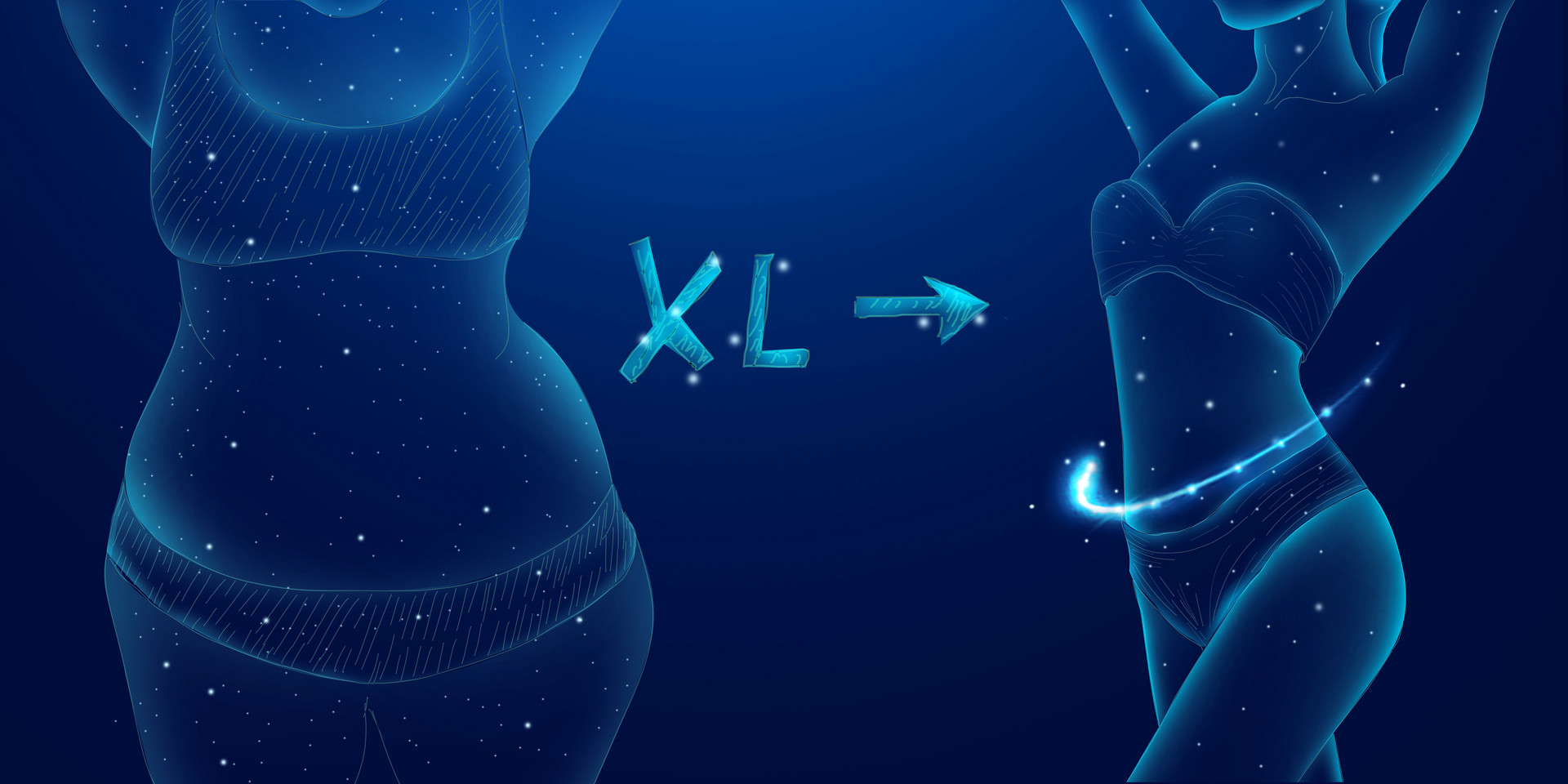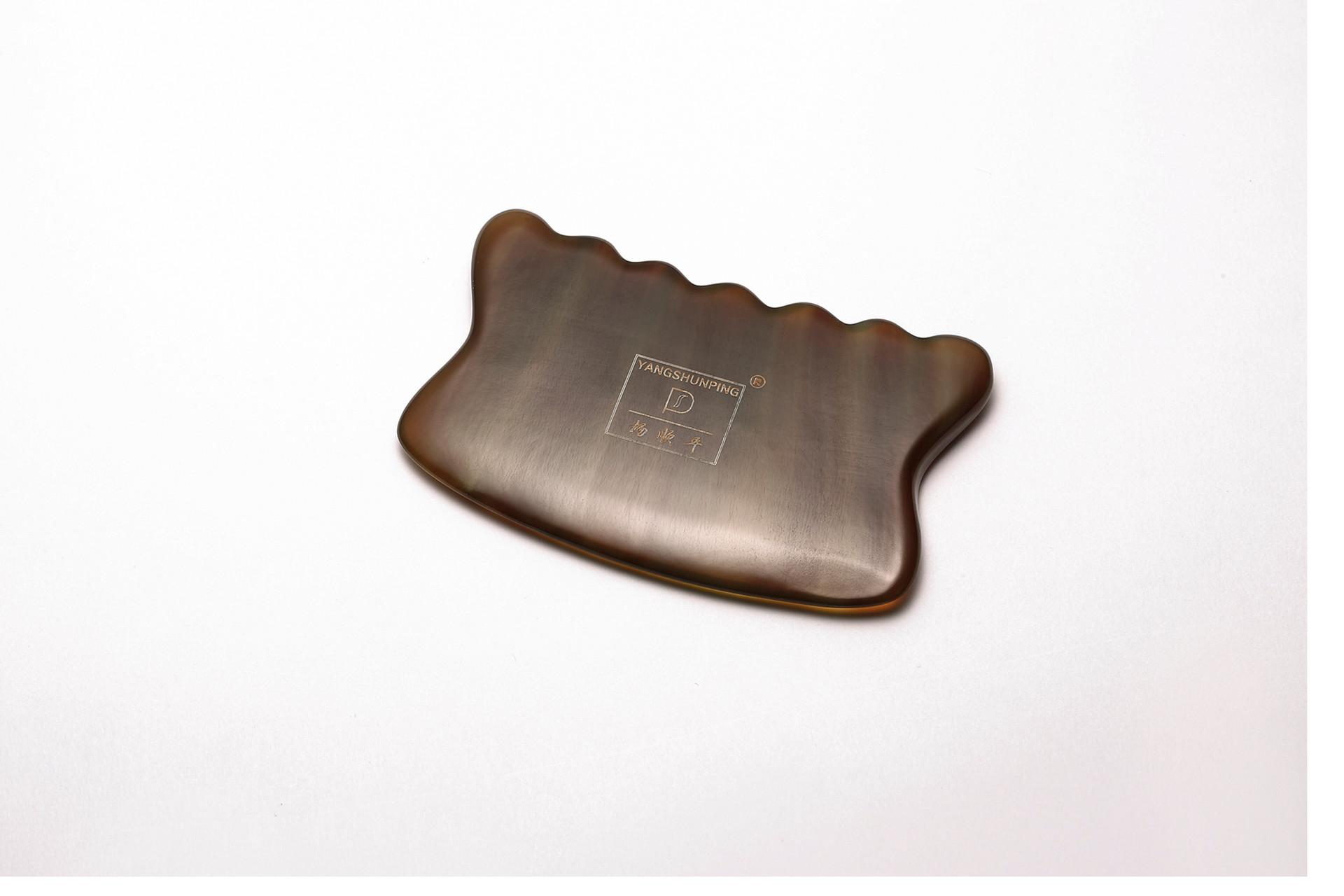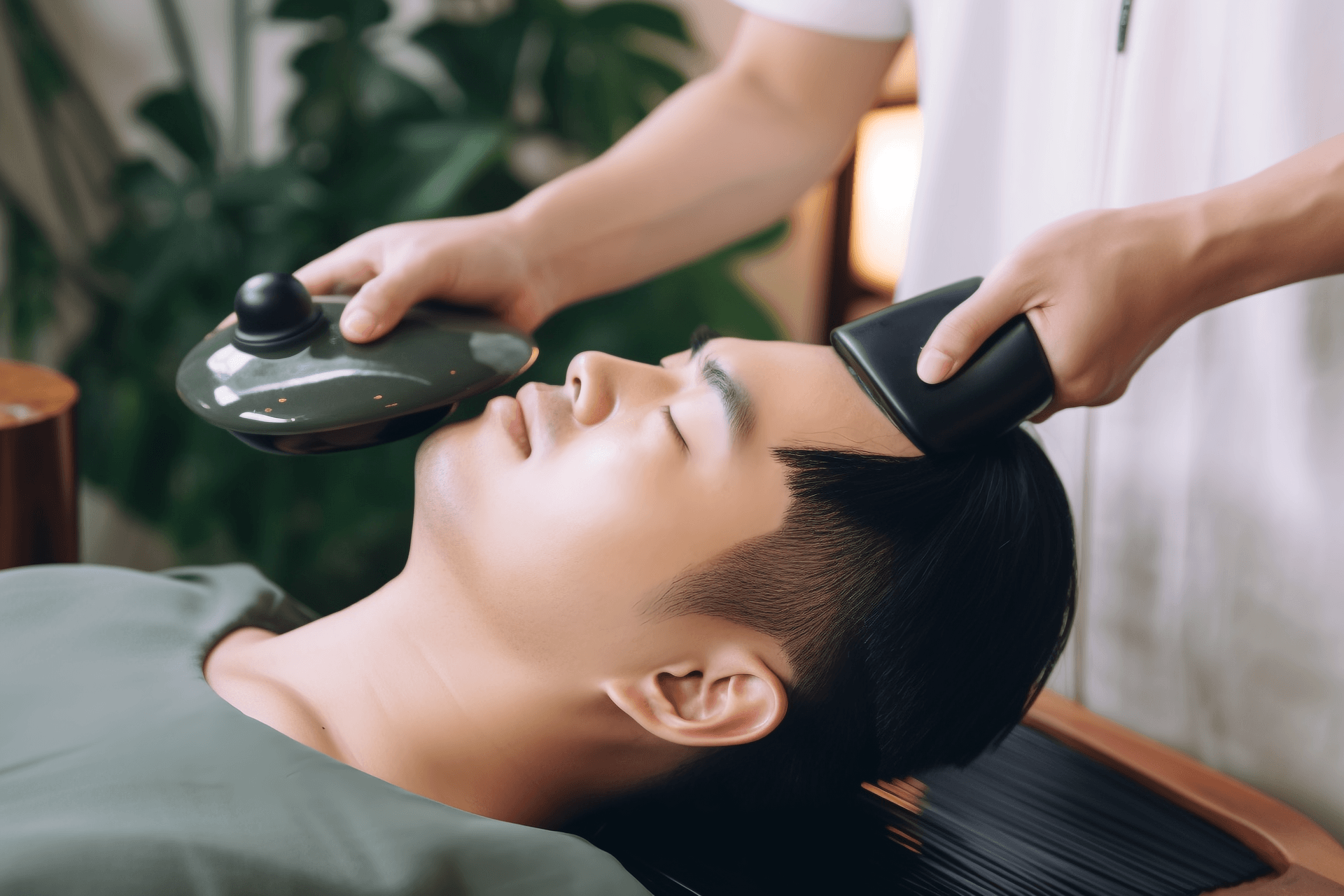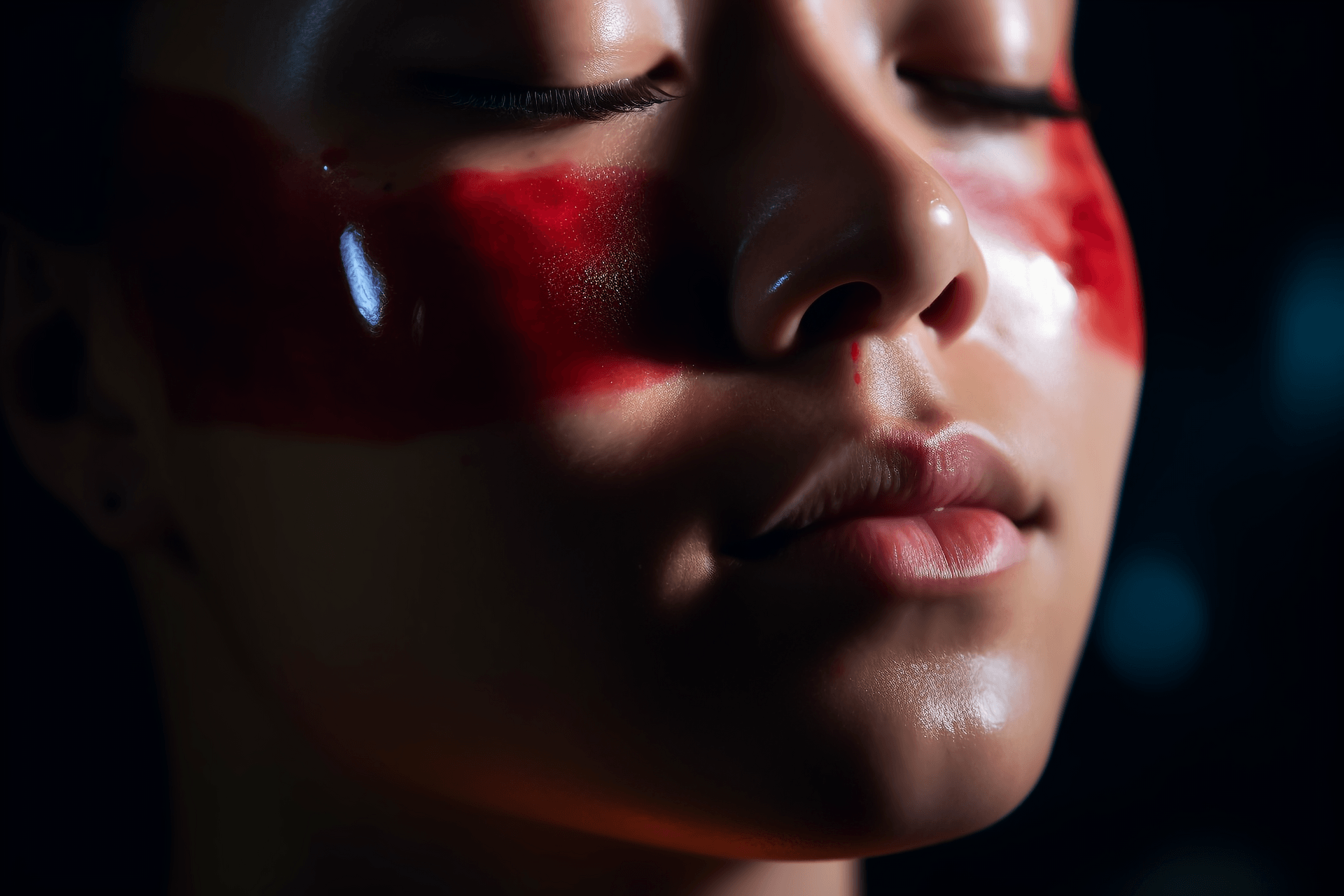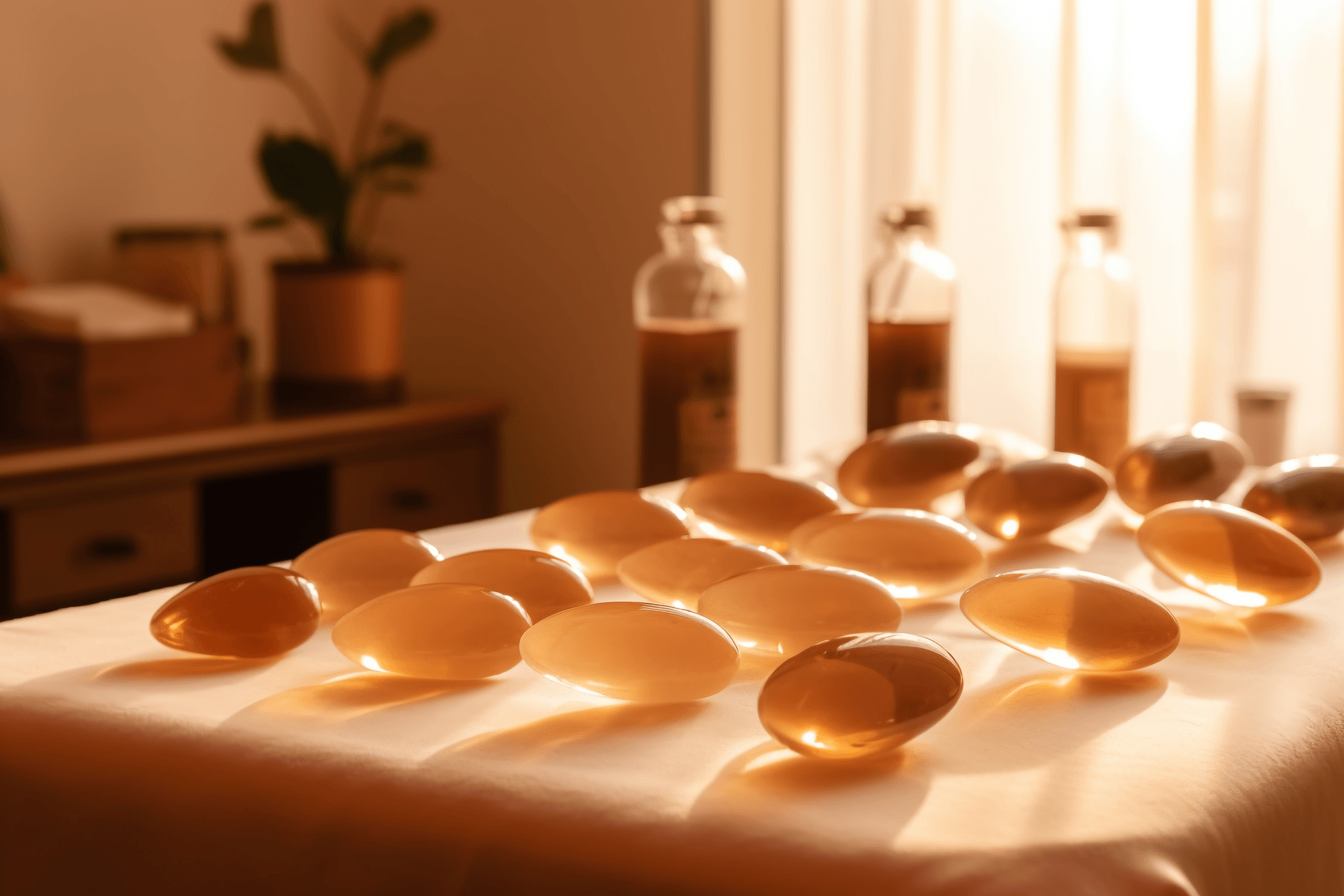During the summer, when people have headaches and feel hot, their grandparents often use gua sha on them. However, some people can't seem to get any sha (red marks) when they do gua sha. Does it mean that they are healthy if they can't get any sha?
Does Not Getting Any Sha Mean You're Healthy?
Not getting any sha during gua sha may indicate good health, but it could also be due to other reasons.
The "sha" that appears after gua sha is the "stagnant toxins" in the meridians, blood, and qi. It hinders the flow of qi and blood, the exchange of nutrients and metabolic waste, and can cause tissue and organ damage. "Sha" is a harmful toxin that can cause various diseases and accelerate aging. It can also be said that the stasis blood and pathological products separated from microcirculation are called "sha".
For some people who are physically healthy, it is not easy to get sha during gua sha, or the sha that appears is very light in color. Additionally, for those who have already done gua sha multiple times, it is also difficult to get sha because their body has already eliminated the stagnant toxins, and there is no significant sha production in a short period of time.
Other Possible Reasons for Not Getting Sha
1. Insufficient Qi and Blood
If sha does not appear during gua sha, it may be due to insufficient qi and blood in the body.
In Chinese medicine, sha is seen as a manifestation of sufficient qi and blood. Sha is the toxin and waste filtered out by the strong qi in the blood and body fluids. Most people will get sha after treatment, but there are also some who do not. According to Chinese medicine theory, this is due to insufficient qi and blood in the body, which prevents qi and blood from filling the muscles and skin pores. Even if gua sha is done vigorously, it is difficult to achieve the desired sha effect.
2. Thicker Fat Layer
Sometimes, being overweight or having a strong physique can also prevent sha from appearing during gua sha.
For some obese or strong individuals, the excessive subcutaneous fat provides effective cushioning, and the gua sha action cannot stimulate the yang qi (too much oil outside the capillaries). As a result, gua sha may be painful but no sha will appear.
3. Medication Reasons
Medication can also prevent sha from appearing during gua sha.
Improper use of medication can cause imbalances in the body's immune system, and even if the gua sha area is painful, sha may not appear.
Gua Sha Colors and Symptoms Chart
1. Scattered Sha Spots
Appearance: Light red, scattered sha spots, similar to other skin areas.
Health Tip: Indicates good health. This microcirculation disorder can be resolved through the body's self-regulation.
2. Mild Sha Appearance
Appearance: Multiple red or light red patchy sha spots with a diameter of 1-2 cm, not higher than the skin.
Health Tip: Mild microcirculation disorder, indicating mild meridian oxygen deficiency for a short period of time. It is seen in sub-healthy states and does not cause any noticeable symptoms.
3. Moderate Sha Appearance
Appearance: Multiple purple-red or bluish patchy sha spots with a diameter greater than 2 cm, at the same level as or slightly higher than the skin.
Health Tip: Moderate microcirculation disorder, indicating moderate meridian oxygen deficiency for a longer period of time. It can be seen in sub-healthy or diseased states and may have symptomatic manifestations.
4. Severe Sha Appearance
Appearance: Dark bluish or dark greenish lump-like sha spots with a diameter greater than 2 cm, significantly higher than other areas.
Health Tip: Severe microcirculation disorder, severe meridian oxygen deficiency for a long period of time. It can be seen in more severe sub-healthy or diseased states and often has symptomatic manifestations.
What Does Sha on the Arms Indicate?
After gua sha on the arms (including both inner and outer sides), different locations of sha may indicate different conditions:
1. If there is sha on the inner side of the biceps, Queze, the radial side of the wrist flexor, or the outer side of the extensor pollicis longus, it may indicate shoulder pain or conditions such as shoulder periarthritis.
2. If there is sha on both sides of the arms, Quchi, or Wai Guan, it may indicate lumbar muscle strain.
Can You Take a Shower after Gua Sha?
It is not recommended to take a shower immediately after gua sha.
Gua sha opens the pores, which can deplete some of the body's fluids and energy. Therefore, after gua sha, it is recommended to rest for a while and drink a glass of warm water. To avoid the invasion of wind and cold pathogens, it is also not advisable to shower immediately after gua sha. The skin pores should be closed and returned to their original state before showering, which generally takes around 3 hours after gua sha.
What Precautions Should be Taken during Gua Sha?
1. Avoid Wind and Keep Warm during Gua Sha Treatment
Avoid wind and keep warm during gua sha treatment. When the room temperature is low, try to minimize exposed areas. In hot summer weather, gua sha should not be done near a fan or in a draft. During gua sha, the sweat pores on the skin open, and if exposed to wind and cold, pathogens can directly enter the body through the open pores. This not only affects the effectiveness of gua sha but can also cause new diseases due to wind and cold.
2. Treat Only One Condition at a Time
During the treatment, the gua sha time should not be too long, and the principle of treating only one condition at a time should be strictly followed. Large-scale gua sha treatment should not be performed continuously in order to protect the body's vital energy.
For each condition, when applying gua sha to the meridian acupoints combined with holographic acupoint areas, select 1-2 types of treatment areas each time.
3. Drink a Glass of Warm Water after Gua Sha Treatment
Gua sha treatment opens the sweat pores and expels pathogens. It consumes a portion of the body's fluids. After gua sha, drink a glass of warm water to replenish the lost fluids and promote metabolism, accelerating the elimination of metabolic waste.
4. Pay Attention to the Timing of Bathing after Gua Sha
After gua sha treatment, to avoid wind and cold pathogens, wait until the skin pores are closed and returned to their original state before bathing. Generally, it is recommended to wait for around 3 hours. However, during the bathing process, if the skin is not completely dry, gua sha can be performed. When bathing, the pores are slightly open, and gua sha can be more effective if done at this time. It is important to stay warm during the process.
5. Pay Attention to the Direction of Gua Sha
Do not scrape back and forth. In principle, scraping should be done from top to bottom and from the inside to the outside. For the face, scrape from the inside out. For the head, scrape from the top to the surrounding areas. For the neck, scrape from top to bottom. For the back and waist, scrape from top to bottom and from inside to outside. For the chest, scrape from the inside to the outside. For the limbs, scrape from top to bottom. After scraping one area, move on to another area, and do not scrape randomly.
6. Pay Attention to the Duration of Gua Sha
The scraping time for each area is 3-5 minutes. The scraping time using a reinforcing scraping method is 5-10 minutes for each area. Usually, for one patient, 3-5 areas should be selected for scraping. For those who do not get sha or get little sha, the appearance of sha dots or purple patches on the skin is sufficient; it should not be forcefully forced out.
7. Pay Attention to the Interval Time
Before the sha spots from the previous gua sha treatment have disappeared, it is not advisable to perform gua sha treatment in the same area again. There should be an interval of 3-6 days between gua sha treatments, based on the disappearance of sha spots on the skin. Generally, 3-5 sessions constitute one course of treatment.


